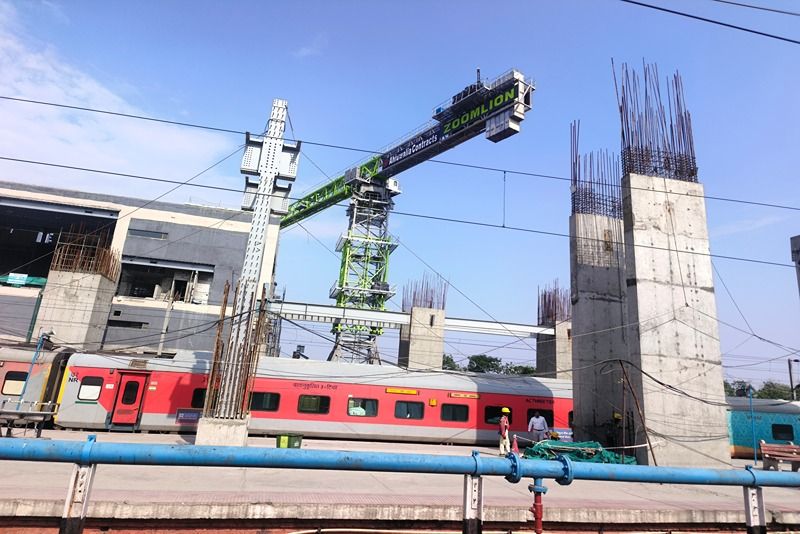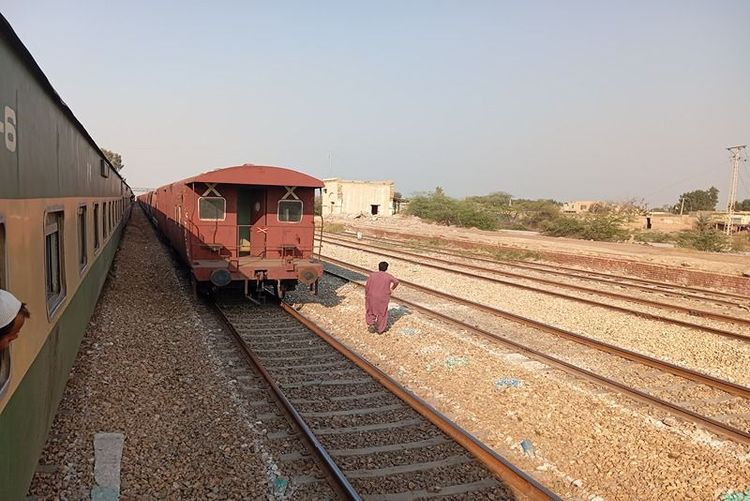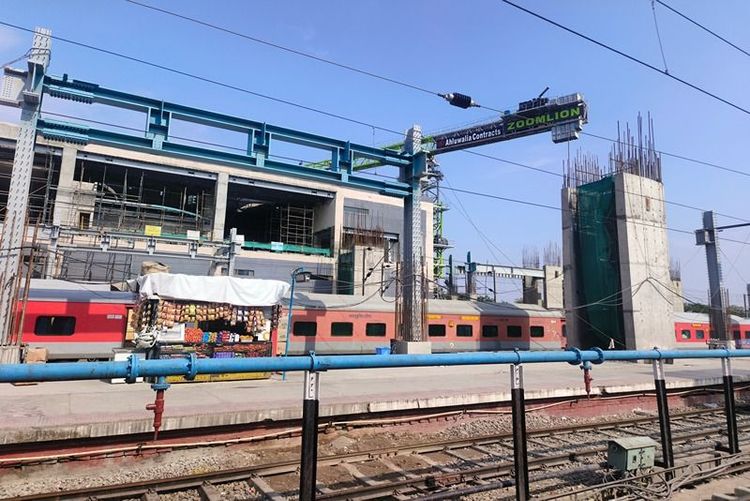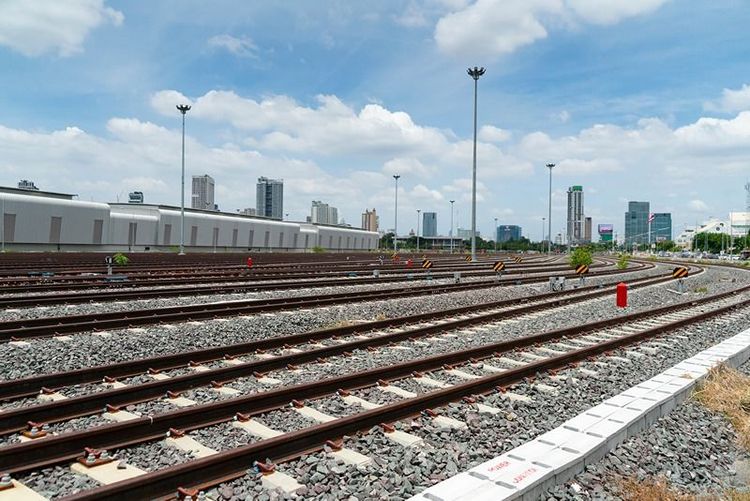India's railway network is one of the most extensive in the world, playing a crucial role in the nation's economic development and connectivity. High-quality construction materials are essential to ensure this network remains efficient, durable, and safe. As a fundamental building material, cement has long been an indispensable component of railway infrastructure. From laying strong foundations to building bridges and platforms, the role of concrete laid below the tracks in railway projects cannot be overstated.
The importance of cement in railway projects
Cement is used extensively in various railway projects for its compressive and flexural strength, versatility, and durability. Its application spans multiple areas, including track beds, bridges, tunnels, platforms, and stations. The reliability and performance of railway infrastructure depend on the quality of the cement used and the proper execution of construction techniques.
1. Track bed stabilisation
One of the most critical applications of cement in railway construction is stabilizing track beds. The track bed serves as the foundation for railway tracks and needs to be compact, stable, and capable of supporting the heavy compact loads and vibration imposed by passing trains. Cement creates a concrete base or a stabilised subgrade that prevents soil movement and ensures uniform load distribution.
A well-constructed cemented track bed minimises the risks of track deformation and settlement, which can lead to track misalignment and compromises in safety. For MSMEs supplying or constructing railway tracks, high-early strength of cement is crucial to meet the rigorous demands of railway standards and provide a safe and durable solution.







 +91 7208055523
+91 7208055523
 Help & support
Help & support
